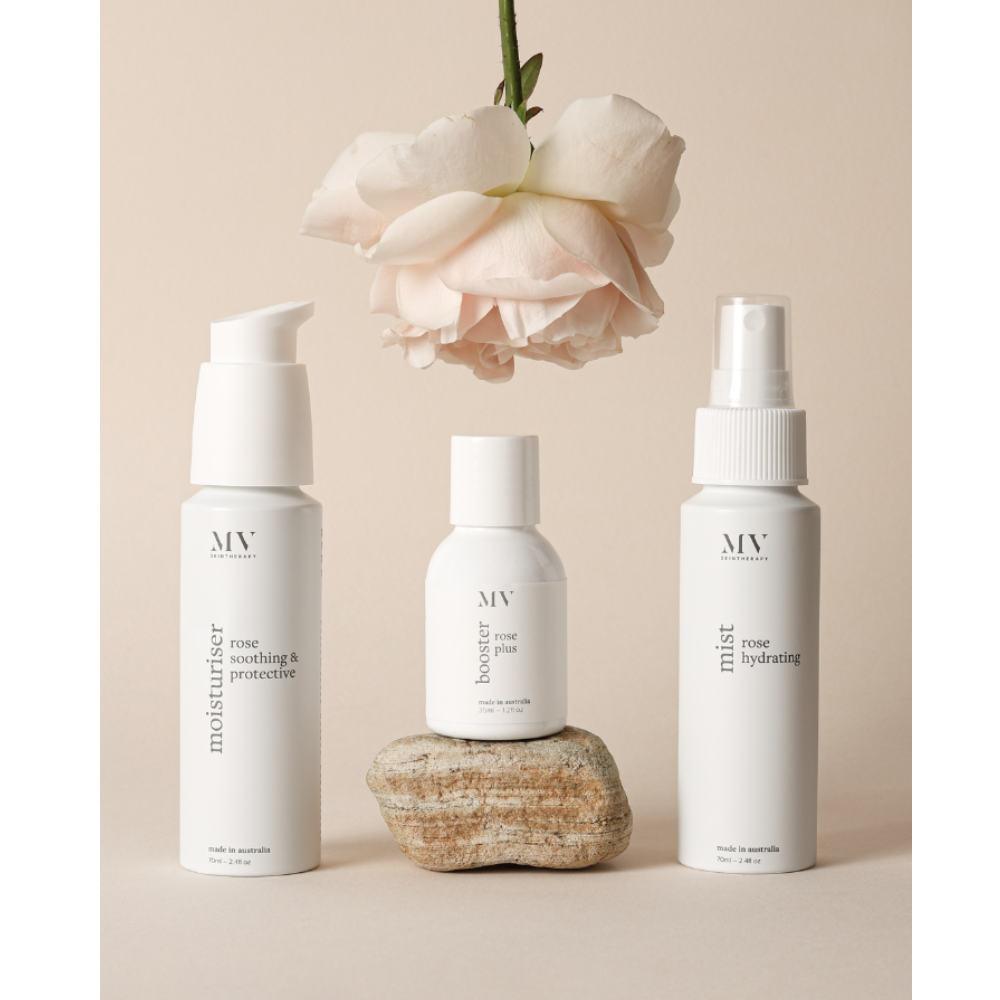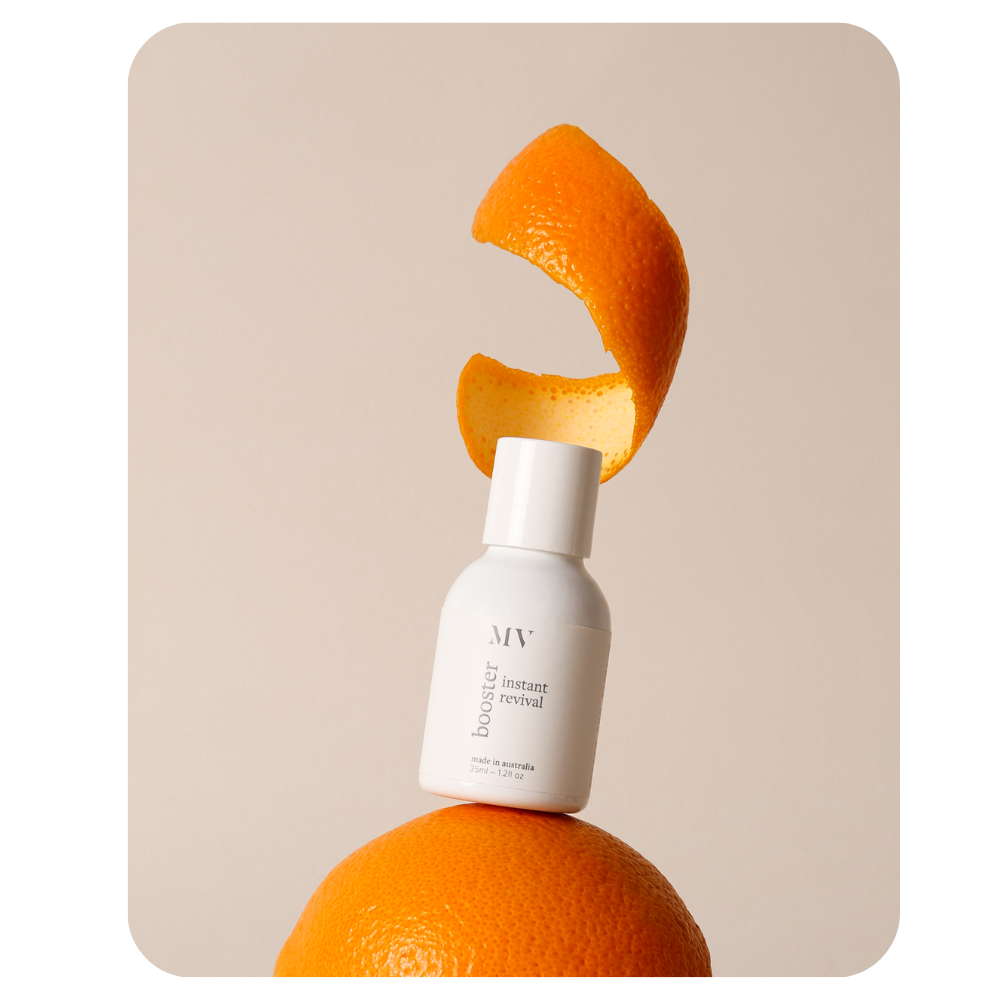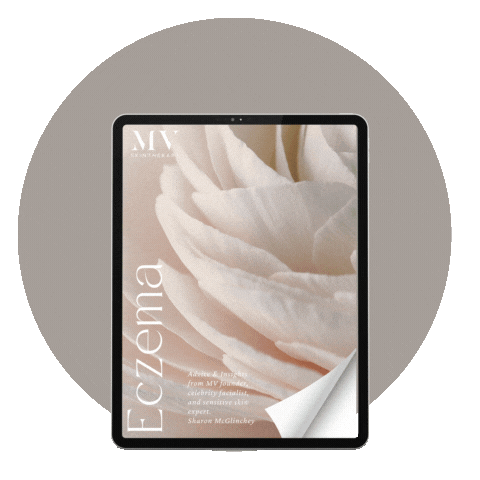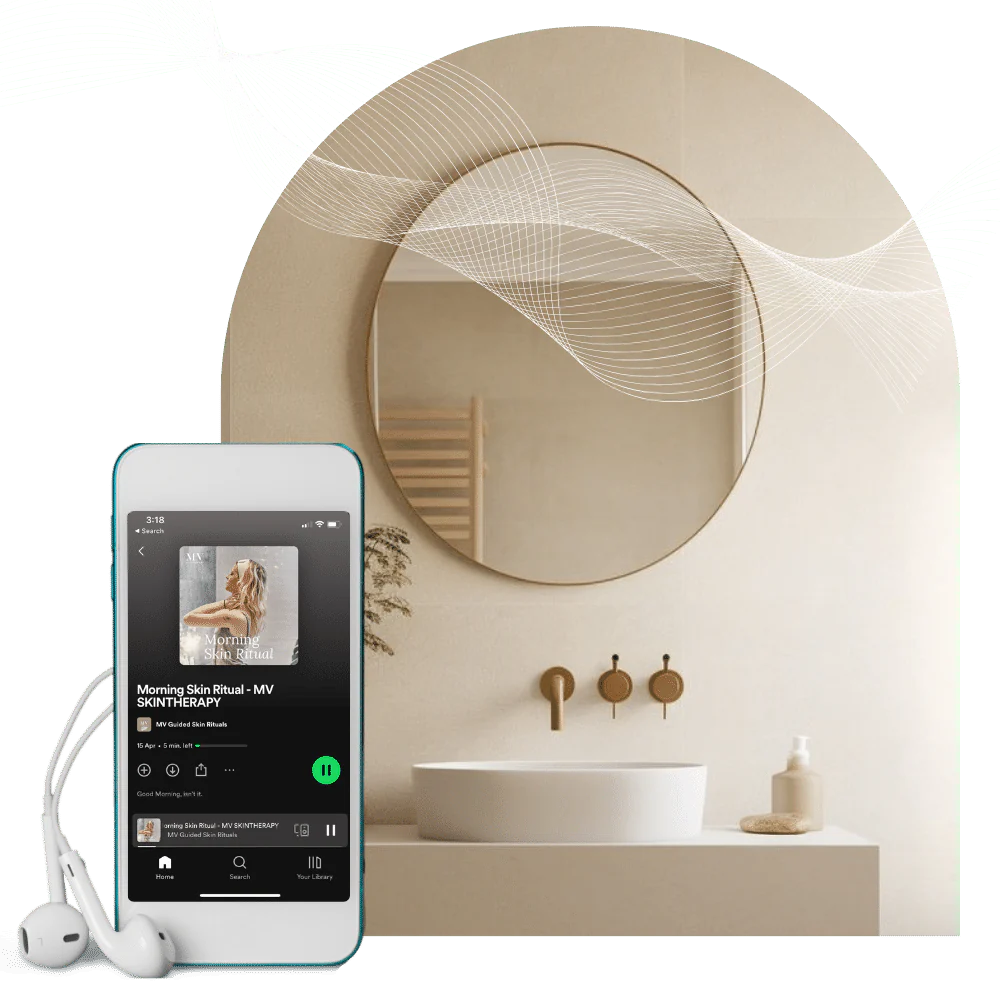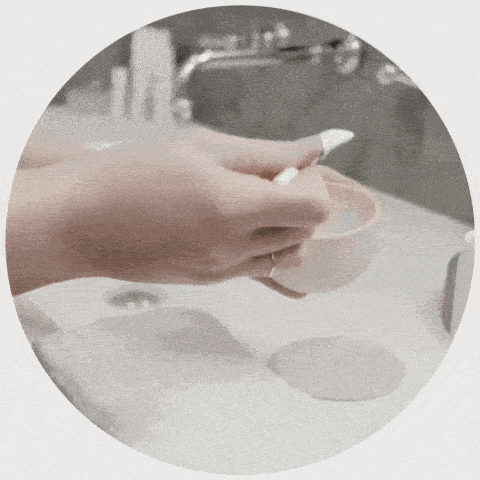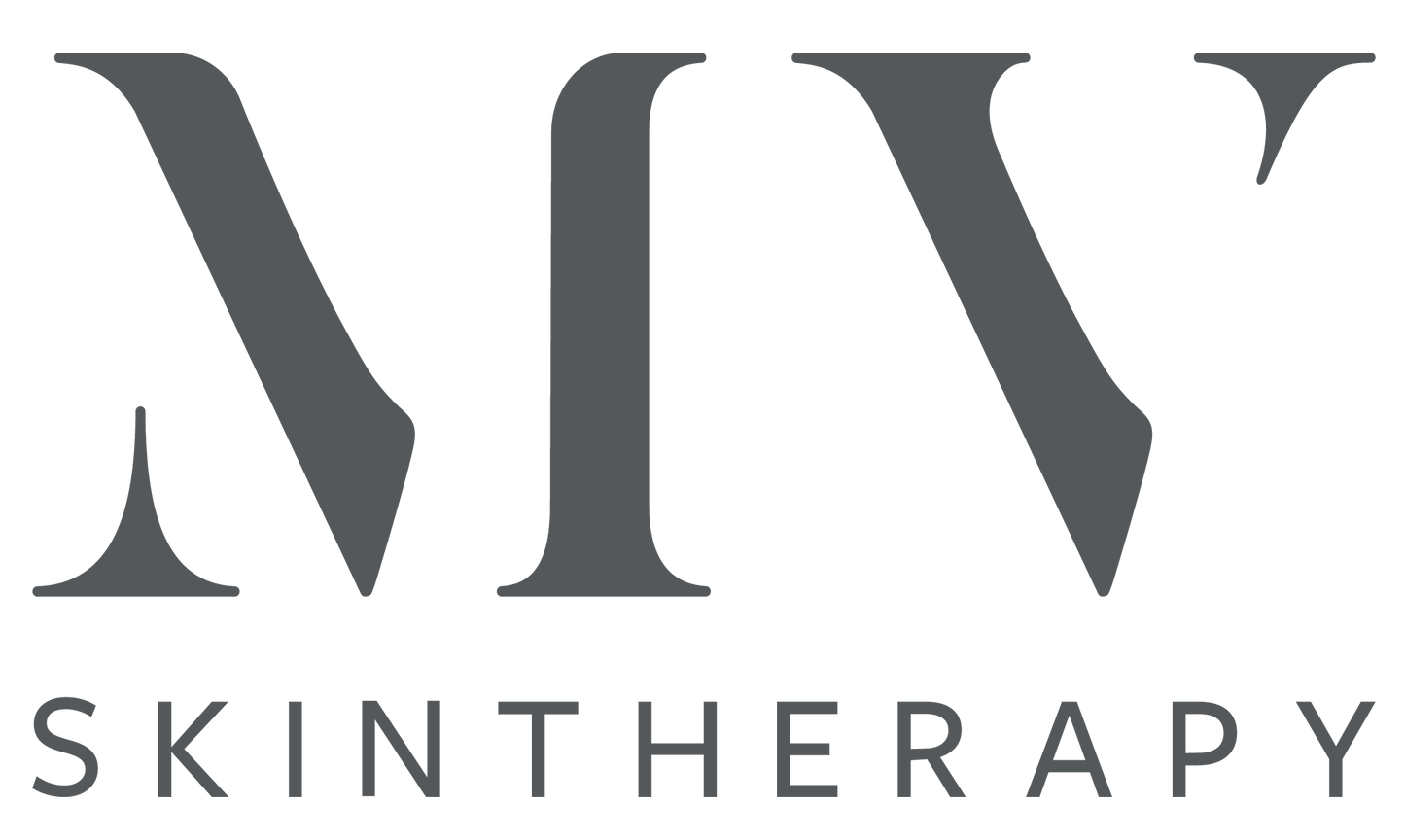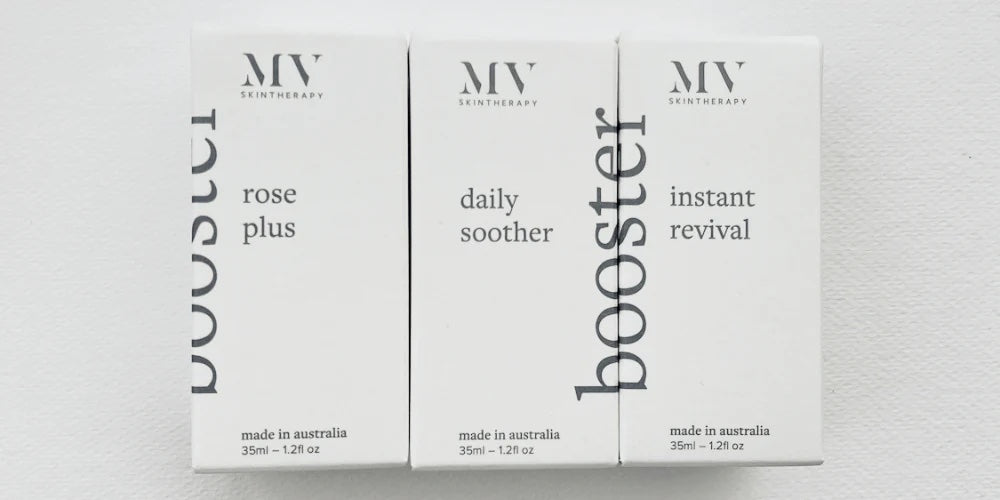
With the rise of conscious consumerism, people around the world have started to embrace mindfulness in all aspects of life, including what they buy. And the beauty industry is no exception.

Slow beauty has come as a welcome change to the industry (you can see our thoughts on that here), and according to trend consultancy WGSN, beauty routines and products in the post-pandemic era are being reshaped by a demand for products and businesses practices that prioritise consumer wellness and actively improve the world.
In other words, there is now a demand for purpose driven business.
You may already know how we feel about trends here at MV - and if not, you can read more about here - but purpose driven business is one that we can get behind.
What is purpose driven business?
Scholars note that industry, consumer and academic interest in brand purpose has increased substantially in the last decade and 'purpose' has been considered to be imperative to business success.1 While the term 'purpose driven business' is thrown around a lot, in its simplest form it is often defined as a reason to exist beyond making a profit.
We like to think of it as business done better.
There are various aspects a brand can focus on in its purpose including sustainability and circularity, inclusive campaigns and media representation, and social justice and welfare issues, to name a few. Purpose driven businesses drive change in both consumer sentiment and behaviour, as well as in their broader industry at large.
But, it can be difficult for everyday consumers to identify is a brand is purpose driven, especially as many brands try to retroactively become purpose driven (rather than having a clear purpose from early on in their development) to try and capitalise on this trend.
How to identity brand purpose

There are several ways to identify if a brand is purpose driven and if so, understand what they consider to be their purpose.
For example, some brands will publicise what they call a 'mission statement' which communicates their purpose, objective and how they plan to enact it. Some might also call this their company or brand vision.
You can also consider who the brand is targeting with their products, and the kind of language they use in their campaigns and communication with their audience.
Another more obvious way is identifying what initiatives the brand is taking part in, if any, to support people, animals or the environment (or all three).
What purpose looks like at MV

Here at MV, we built our brand to be purpose driven right from the get go - well before it was a trend. Purpose is at our core in several ways.
Empowering - we refuse to use the term anti-ageing and instead prefer ageless beauty. As Sharon always explains to her clients; ageing is a natural part of life and - most importantly - a privilege;
Environmentally conscious - we consider our impact and are mindful of our practices. For example, we opt for primarily aluminium bottles over glass, because they not only protect the active plant-compounds from exposure to light degradation, but they're also 100% recyclable as a 'closed loop product' which means that it can be recycled infinitely (bonus fact: did you know it requires 90% less energy to recycle aluminium than it does glass; more on our environment ethos here);
Socially conscious - we have partnered with a fantastic charity, Every Little Bit Helps who receive skincare donations and send care packages to those in need;

Purpose has always been our core here at MV - it's also in our name! MV stands for 'My Vision My Values' - and we like to think that what we do, is more than skin deep.
1 Hajdas, M. and Kłeczek, R., (2021), ‘The real purpose of purpose-driven branding: consumer empowerment and social transformations’, Journal of Brand Management, 28, pp.359-373.
